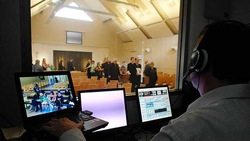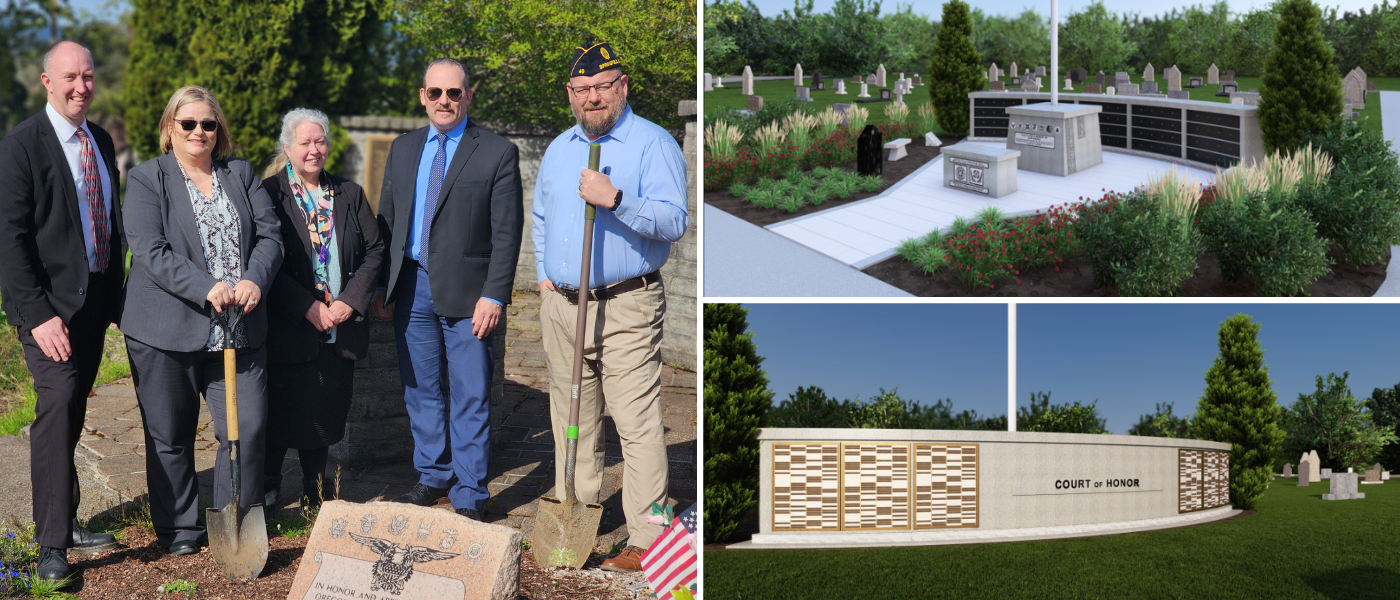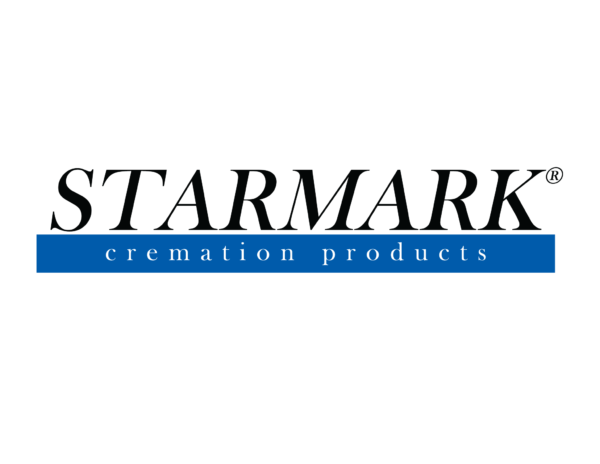Funeral Webcasting Is Alive and Well
 If webcasting a funeral seems a little, well, ghoulish to you, you?re not alone. The decade-old service has been a hard sell to most funeral directors until recently. But the advent of cheaper broadband, the financial strain of travel, and deployments to Iraq and Afghanistan have all contributed to increased use of the Web as a tool to connect loved ones during such times of need.
If webcasting a funeral seems a little, well, ghoulish to you, you?re not alone. The decade-old service has been a hard sell to most funeral directors until recently. But the advent of cheaper broadband, the financial strain of travel, and deployments to Iraq and Afghanistan have all contributed to increased use of the Web as a tool to connect loved ones during such times of need.
?I had a situation where a wife was so taken down by her husband?s death, she wasn?t allowed out of the hospital and watched her husband?s funeral online,? says Scott Gorman, managing director of Mediahouse Technology, a corporate webcaster in Sydney. ?In another case, a woman whose mother died was nine months pregnant and in the States and couldn?t get on a plane.?
Mediahouse, through its subsidiary Funeralcast.com.au, has been working with Macquarie Park Cemetery and Crematorium in North Ryde, Australia, since 2005 to expand its services to as many as 300 funeral homes. ?It?s so new it?s still considered a gimmick,? says Gorman. ?Most funeral suppliers here are older and conservative and don?t realize the value. The younger ones working in the industry are championing it.?
?It?s really come up in the last two years, as more webcasting software companies have entered the market, made it more user-friendly, and more aggressively pitched it to funeral directors,? says John Reed, owner of the Dodd & Reed Funeral Home, in Webster Springs, W.Va., and president of the National Funeral Directors Association (NFDA), in Brookfield, Wis.
The ubiquity of social media has raised everyone?s comfort level with life taking place online as well as off, says Matthew Fiorillo, who owns the Ballard-Durand Funeral Home in White Plains, N.Y. He?s now webcasting four or five funerals a month; he only began offering it in October 2008. ?Every time I arranged a funeral, I?d ask if there was a family member who wanted to attend but couldn?t. Eighty or 90 percent said yes,? he says. ?Then I?d ask how they would feel about seeing a service live online, and they were open to it.?
Webcasts try to capture the same views as those attending the service, adds Fiorillo. ?We place the speaker stand close to the head end of the casket, so viewers can see both. Web viewers can post photos, videos, and condolence messages on a password-protected memorial page for the deceased created by the funeral home. They can also view the funeral ?on demand? for up to five years if the family wishes.?
Funeral webcasting is starting to spring up in Hong Kong, India, the Philippines, and elsewhere. Reed estimates that 10 to 20 percent of NFDA?s 20 000 members in 40 countries offer it.
For Reed?s own business, the tipping point was convenience. ?I was never interested till I saw it demonstrated last year at a funeral directors? convention,? says Reed. ?I had not seen anyone with a complete turnkey offering. All I supply is high-speed DSL with a minimum of 512 kilobits per second upload.? Reed leases his equipment from an undisclosed company. Fiorillo, who leases from Sympathynet.com in Rockaway Park, N.Y., uses a wall-mounted Bosch Wide Dynamic video camera wired to his office Hewlett-Packard desktop, which runs Sympathynet?s proprietary software. For offsite shoots, he uses his own JVC video camera.
Gorman manages webcasts with a system called Newtek TriCaster Pro, which he keeps at the Macquarie Park funeral home to sync live production and streaming video, PowerPoint presentations, and pretaped speeches. In the future, he plans to run many funerals at once at a central control room at Mediahouse headquarters. The equipment also facilitates related services, like recording speeches by people unable to attend, video messages by families for loved ones in the military, and password-secured viewing sites for the families to post photos, videos, and comments.
?There?s no reason that services won?t eventually include two-way communication for people who want to speak at a service they couldn?t attend in person,? says Reed. The market is wide open?just a matter of how you present it and price it.?
By:Susan Karlin // October 2009
About the Author: Susan Karlin, based in Los Angeles, writes frequently for IEEE Spectrum. She also contributes to The New York Times, Forbes, and Discover.
Photo: Mediahouse Technology




